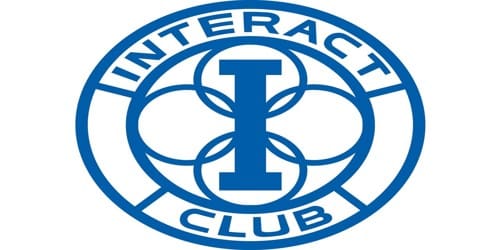For upkeep and repair tasks, inspection of underwater concrete structures is necessary. The subject of underwater concrete structure inspection methods, types, and goals is covered. Any underwater concrete structure’s service life depends on keeping both the superstructure and substructure in good physical condition, such as bridges, wharves, and other marine structures. Determining and carrying out an adequate inspection, maintenance, and repair of the entire underwater concrete structure is therefore important.
When compared to a portion of the structure above the water’s surface, inspection of underwater concrete is typically less regular because it is typically more difficult and expensive. However, a significant component of evaluating undersea structures is underwater examination. For instance, as part of a preventive maintenance program, a number of institutions, including port authorities and transportation agencies in the United States and Canada, specify time intervals for conducting underwater inspections.
In this article, the reason for performing underwater inspection, factors needed to be considered during the inspection, the objective of inspection, and the various levels of inspection will be discussed.
Why is Inspection of Underwater Concrete Structure needed?
Aside from inspection for maintenance, it may be carried out in particular circumstances, such as new loading conditions, structural alteration or enlargement, and newly constructed structures, to make that the structure was built in accordance with the relevant specifications and contract papers.
The underwater examination might be required when the new owner purchases the building. When a catastrophe occurs, such as an earthquake, ship collision, hurricane, or flood, an underwater inspection is necessary.
Factors to be considered for Underwater Inspection of Concrete Structures
Following are the factors which need to be considered during inspection of underwater concrete structures
- Design considerations
- Existing operating, inspection, and maintenance record
- Condition survey
- In-situ testing
- Specifying factors led to structural deterioration.
Objectives of Underwater Inspection of Concrete Structures
Inspection is typically done to gather information needed to assess the structural problems and determine if the construction will perform as intended in the future. One of the main justifications for conducting underwater inspections is the structure’s safety. Nature of inspection specifies the amount of data that should be provided, and the general objective of a condition of a survey required to include the following:
- Specify and describe all main damage and deterioration.
- Determine the phenomenon that caused deterioration.
- Specify the rate and extent of deterioration.
- Determine the performance characteristics of the structure under future service conditions.
- To help with future inspection planning, note the types and amount of water depth, marine growth, water visibility, tidal range, and water currents.
- Describe any potential problems that might arise when moving the tools, people, and supplies needed for the repair operation.
- Determining conformance with contract documents and verifying as-built conditions.
- Provide recommendations for appropriate techniques of repair and maintenance.
- Achieving and developing information required to produce cost estimates of the repair and maintenance.
- Recommending frequencies and types of future inspection.
Level of Underwater Inspection
To assess the marine structure, three different sorts or stages of underwater inspection are used. The amount of effort required and the methods or strategies used to complete the assignment differ amongst them. The degree of inspection used for a particular examination is established during the planning stage. The three types of underwater inspection are discussed in the following sections:
- Level I – General visual underwater inspection
- Level II – Close level underwater inspection
- Level III – Highly detailed underwater inspection
Level I – General Visual Underwater Inspection
This level of inspection can be completed more quickly than any of the previous inspection levels because there is no need to clean the structure during this process. General visual underwater inspection can serve a variety of purposes, including confirming as-built conditions, producing preliminary data for the establishment of an inspection program, and spotting obvious deterioration or damage that may have resulted from an impact overstress corrosion or biological attack.
Level II – Close Level Underwater Inspection
Before or during the close level underwater inspection, the concrete surface needs to be cleaned. This technique is used to identify issues that marine growth has obscured or covered over.
Additionally, because cleaning a structure takes a long time, cleaning is typically only done in important areas. The information employed in this method to determine the initial load-carrying capability of concrete structures or members is insufficient and has limitations. The amount of data needed to generate a broad evaluation of the structure determines the quantity and quality of cleaning.
Level III – Highly Detailed Underwater Inspection
The level III underwater inspection is used to identify the homogeneity of the material and spot concealed or impending problems. Therefore, it is essential to clean the surface of the concrete building or component before the examination begins. Non-destructive testing and occasionally destructive tests are methods that could be employed in the extremely thorough underwater inspection. The former is applied to the crucial structural area that serves as a representation of the area of the building that is submerged in water.
In contrast, samples for laboratory testing are taken using destructive or semi destructive methods. Finally, because the equipment and test processes will be more advanced, destructive or partially destructive testing must be carried out by qualified persons.
















